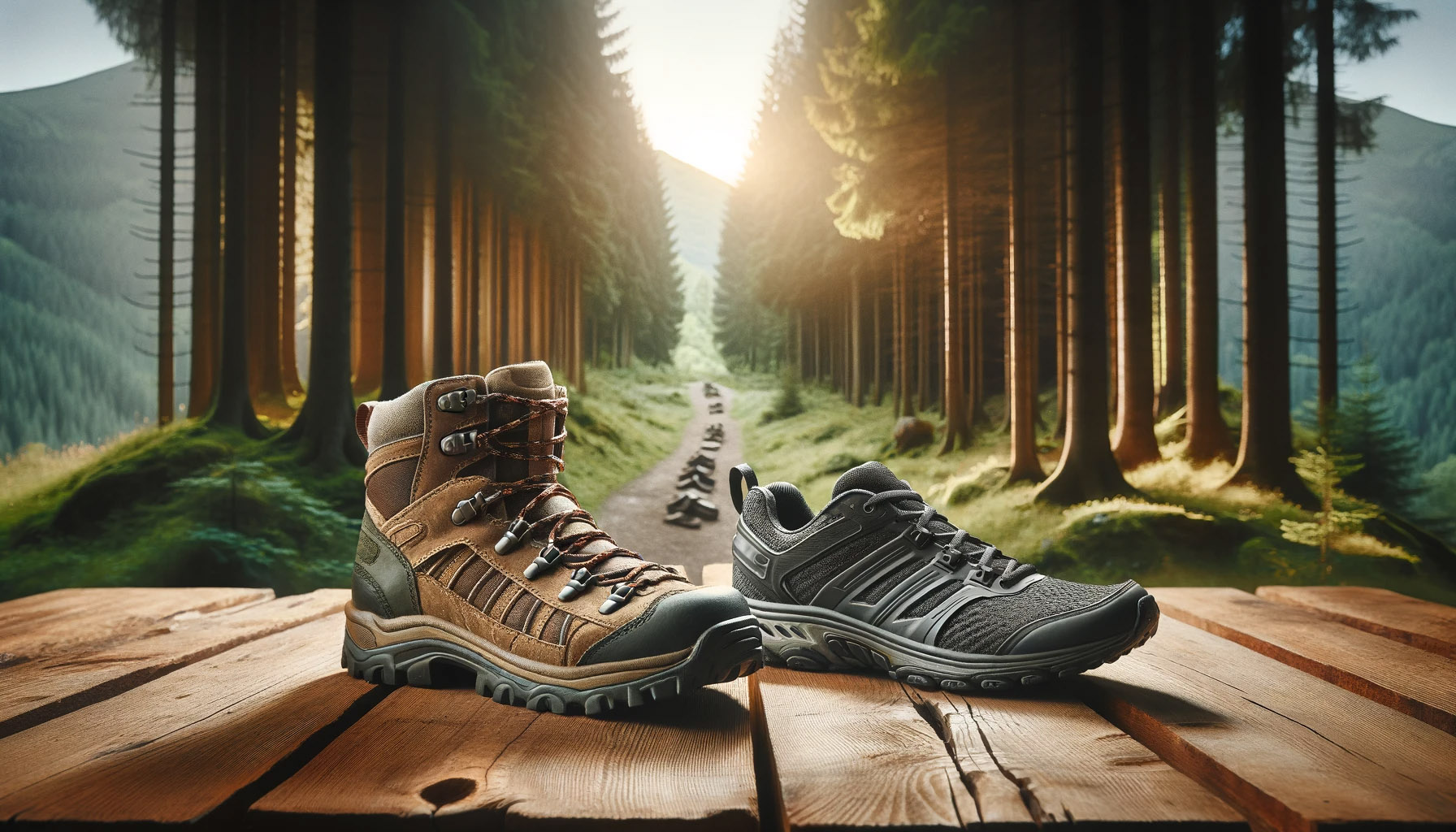When it comes to outdoor activities like hiking and trail running, selecting the right footwear is crucial. The right pair of shoes can enhance your experience, provide comfort, and most importantly, prevent injuries. This article explores the key factors to consider when choosing hiking and trail running shoes.
Understand Your Needs
Firstly, it’s important to understand the difference between hiking shoes and trail running shoes. Hiking shoes are designed for stability and support, especially on rough terrain. They often have a more robust construction with reinforced toe protection and underfoot support. Trail running shoes, on the other hand, are lighter, offer more flexibility, and are designed for speed and agility.
Fit and Comfort
The fit of the shoe is paramount. A good hiking or trail running shoe should fit snugly around the heel while giving enough room in the toe box. This prevents blisters and toe injuries, especially on downhill paths. It’s advisable to try on shoes in the afternoon when your feet are slightly swollen, mimicking their state during a hike or run.
Traction and Grip
The sole of your shoe plays a significant role in how you tackle different terrains. Look for shoes with a lug pattern that provides grip on both wet and dry surfaces. The depth of the lugs also matters – deeper lugs are better for muddy or soft trails, while shallower lugs work well on rocky or hard-packed trails.
Waterproofing and Breathability
Depending on your hiking or running environment, consider whether you need waterproof shoes. Waterproof shoes are great for wet, muddy conditions but can reduce breathability. In contrast, non-waterproof shoes offer more breathability, which is beneficial in hot and dry conditions.
Durability and Material
The durability of your footwear is determined by the materials used. Leather shoes offer durability and support, whereas synthetic materials are lighter and often more breathable. The choice depends on the balance between durability and comfort that suits your activity.
Conclusion
Choosing the right hiking or trail running shoes is a balance of fit, comfort, support, and suitability for the terrain. Investing time in selecting the right pair can significantly improve your outdoor adventures.




